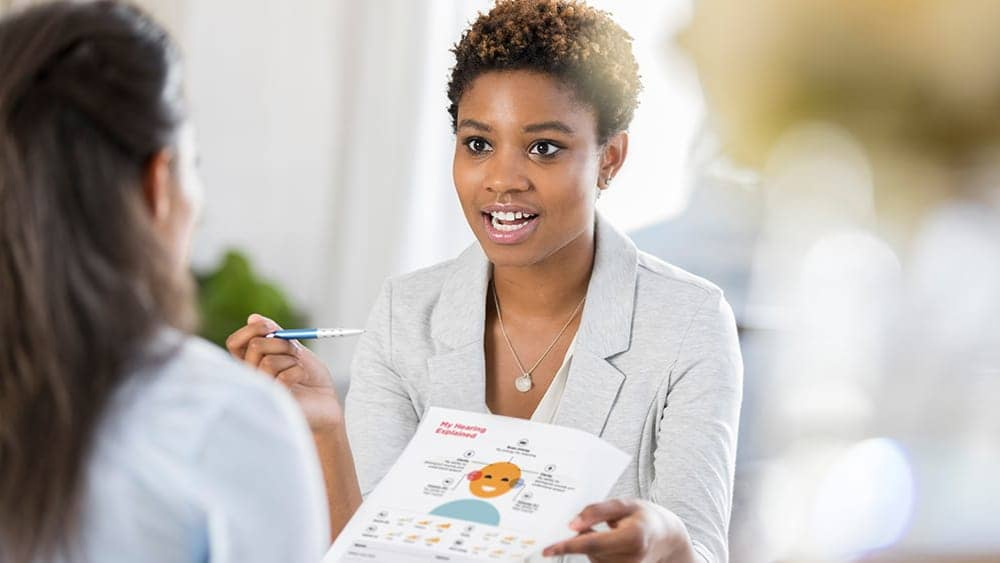Unlock the secrets of body orientation in body language! Learn how your body’s position speaks volumes about your emotions, intentions, and relationships. Get tips on improving nonverbal communication today!
Table of Contents
Introduction
Ever walked into a room and immediately felt someone was either super interested in you or totally uninterested? It wasn’t magic—it was body language! And believe it or not, one of the biggest giveaways is body orient-ation. Yep, that simple shift of how we position ourselves can tell someone whether we’re open to a conversation or would rather be left alone. Body orien-tation in body language is like an unspoken compass guiding interactions. Let’s dig into how you can understand (and improve!) what your body is silently saying.
What Exactly is Body Orientation?

At its core, body orientation is all about the direction your body faces when you’re interacting with someone. It’s not just about where your feet are pointing, though that plays a role too. The direction of your torso, head, and even the subtle lean of your body all fall under this category. In simple terms, it’s how you position yourself in relation to others.
Here’s the kicker—people are constantly picking up on it, even if they don’t realize it. Whether you’re fully facing someone, angled away slightly, or even turning your back can make or break your social interactions. Crazy, right?
Types of Body Orientation
Now, let’s break down the different ways body orientation shows up in conversations:
- Full Frontal Orientation
This is when you’re facing someone directly, chest-to-chest. This is usually a sign of openness, interest, or engagement. When two people are deep in conversation and fully focused on each other, their bodies are aligned directly. - Angled Orientation
Think of it as a half-turn. You’re kind of facing someone, but not completely. This can show mild interest, but also a sense of caution or readiness to leave the conversation. If you’re at a party, standing at a slight angle can suggest, “I’m listening, but I could bounce any minute.” - Side-by-Side Orientation
When you’re next to someone but not necessarily facing them. This could indicate camaraderie or that you’re more focused on the activity than the person. You often see this when people are working together or watching something like a sports game. - Back Orientation
Ouch. If someone’s turned their back on you, it’s not the best sign. It usually means they’re disengaged, uninterested, or actively trying to avoid interaction. However, sometimes people naturally stand this way in a crowded space. Don’t take it personally unless it’s clear they’re avoiding you!
Why Does Body Orientation Matter?

Body orientation in body language is crucial because it directly influences how others perceive us and how comfortable they feel around us. Imagine you’re in a meeting with a group of colleagues. You’re explaining an important point, but a few people have their torsos angled away, maybe even checking their phones—ugh! How does that make you feel? Probably not great. On the flip side, when people are fully oriented toward you, it feels like they’re hanging onto your every word, right?
Here’s why it matters:
- Shows Interest (or Lack of It): Body orientation is one of the quickest ways to tell if someone is engaged. If someone’s fully facing you, chances are they’re interested. But if they’re angled away, they might be getting bored or distracted.
- Communicates Intentions: Want to show someone you’re open to conversation? Turn towards them! If you’re standing side-by-side or facing away, you’re signaling that you’re not as invested in the interaction.
- Influences Comfort Levels: Ever felt awkward when someone stands too close or invades your space? Body orientation plays into personal boundaries. Being aware of how you position yourself can make people feel more comfortable.
Using Body Orientation to Improve Your Nonverbal Communication
You’ve probably realized by now that body orientation is a powerful tool in your communication toolbox. But how do you use it consciously to make sure you’re sending the right signals?
1. Face People When You’re Speaking to Them
This seems obvious, but it’s easy to forget, especially in group settings. When you’re talking to someone, face them fully to show you’re invested in the conversation. This makes a huge difference in how they’ll perceive your interest and attention.
2. Watch Your Angles in Social Settings
At a party or a casual gathering, standing at a slight angle is fine—it keeps things relaxed. But if you want to get to know someone better, gradually shift to a more direct orientation. It shows you’re ready to engage on a deeper level.
3. Avoid the “Back Turn”
Unless you’re actively trying to disengage, don’t turn your back on people. It sends a strong message of disinterest, even if it’s unintentional. If you’re multitasking, use side-by-side orientation instead of fully turning away.
4. Be Mindful of Others’ Body Language
Pay attention to how others are positioned too! If someone’s angling away or stepping back, they might be signaling discomfort or the desire to exit the conversation. Respect those cues.
Fun Facts About Body Orientation

Here are some fascinating tidbits about body orientation in body language:
- Women vs. Men: Women are more likely to face each other directly in conversation, whereas men often prefer sitting or standing side-by-side, especially in casual settings.
- Cultural Differences: In some cultures, facing someone directly can be seen as confrontational, while in others, it’s a sign of respect and engagement.
- The Power of Mirroring: People tend to mirror each other’s body language subconsciously. If someone shifts toward you, you might find yourself naturally doing the same.
Common Mistakes in Body Orientation
Despite how simple it sounds, there are common pitfalls people often fall into when it comes to body orientation in body language. Here’s what to watch out for:
- Leaning Away When Engaged: If you’re interested in someone’s story but leaning back or away, your body is saying the opposite! Lean slightly forward instead.
- Facing an Object, Not a Person: At a dinner table or in a meeting, if you’re facing a laptop, book, or even a phone more than the person you’re talking to, you might come across as distracted.
- Standing Too Close Too Soon: This one’s key in body orientation—don’t invade personal space. It can make the other person feel uncomfortable, no matter how directly you’re facing them.
Conclusion
Body orientation in body language is one of those subtle yet impactful aspects of nonverbal communication that’s often overlooked. By understanding how you position yourself—and being more aware of how others position themselves—you can improve your social interactions, relationships, and even professional encounters. So next time you’re at a party, in a meeting, or just chatting with friends, check out the body language around you. It might reveal more than words ever could!
Adapters in Body Language: Decoding the Subtle Clues of Nonverbal Communication
For Video Content: Check Out Our Youtube Channel
FAQs
Q: How can body orientation affect my relationships?
A: Body orien-tation can impact how connected or distant someone feels from you. Facing people directly shows interest and attentiveness, which strengthens bonds, while turning away can make people feel ignored.
Q: Can body orientation help me in professional settings?
A: Absolutely! In professional settings like meetings or interviews, being mindful of body orient-ation can convey confidence, interest, and respect. Facing the person you’re speaking with will help you appear engaged and professional.
Q: What if someone keeps turning their body away from me during a conversation?
A: It’s often a sign they’re uncomfortable, disinterested, or in a rush. Try adjusting the conversation’s topic or taking a break to let them refocus.
By: ArdanSharma



Pingback: Understanding Gaslighting: Recognizing Emotional Manipulation